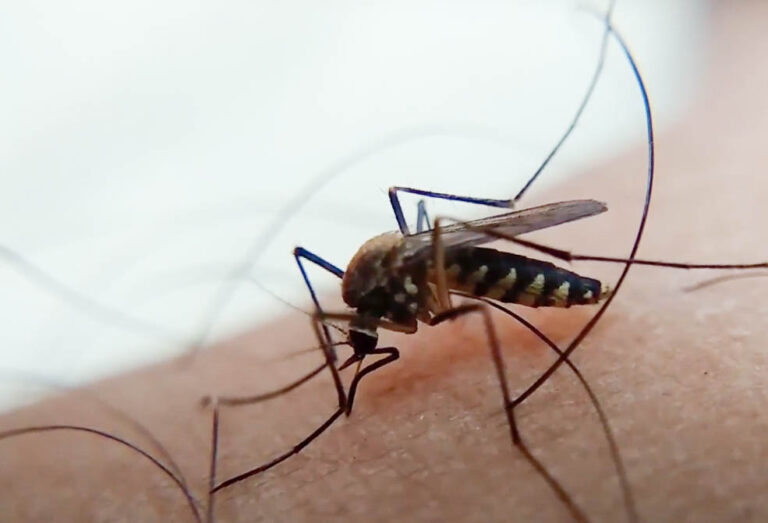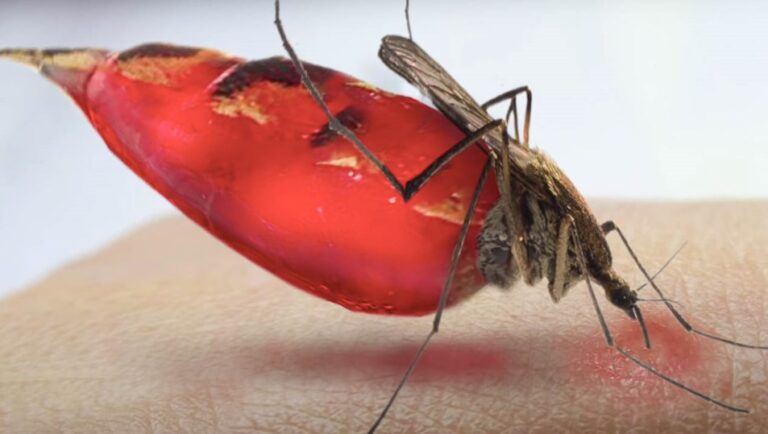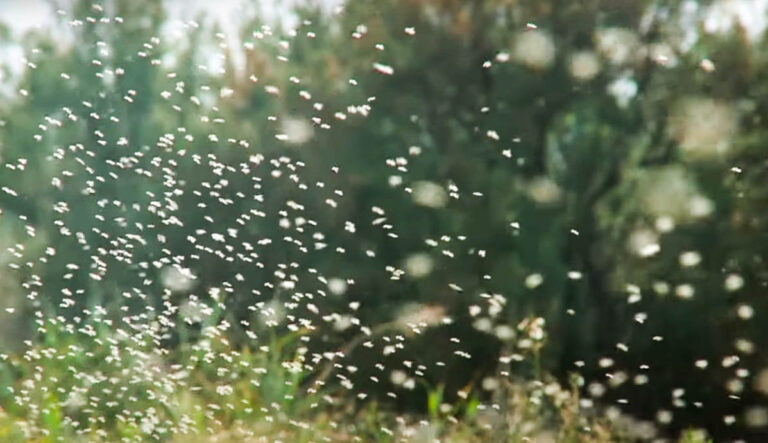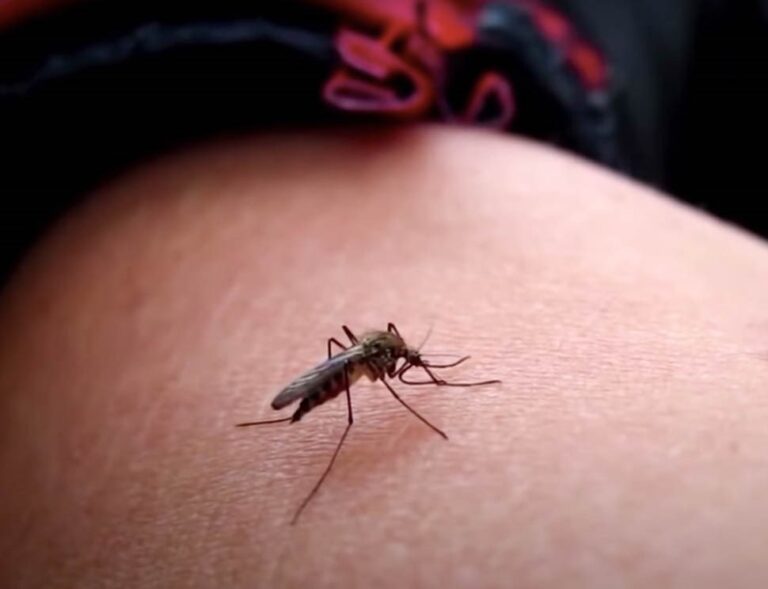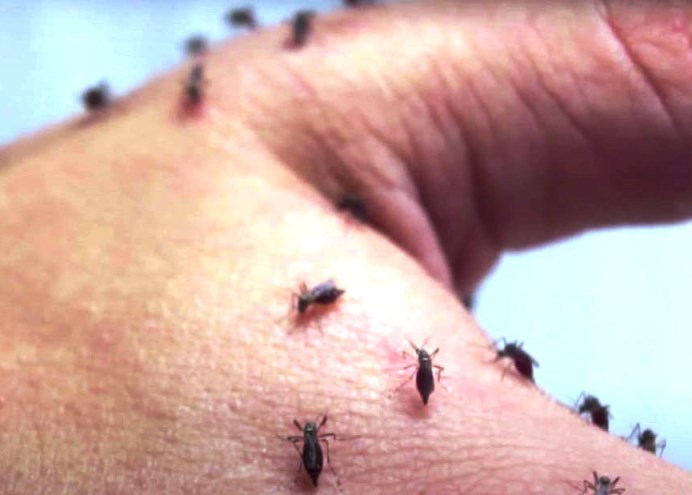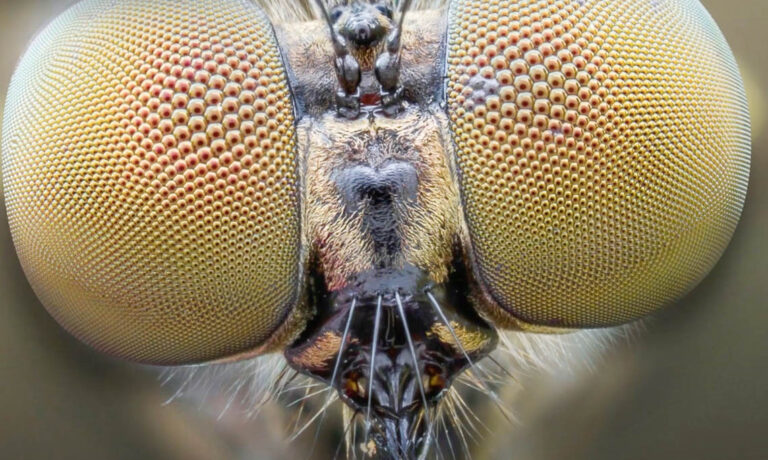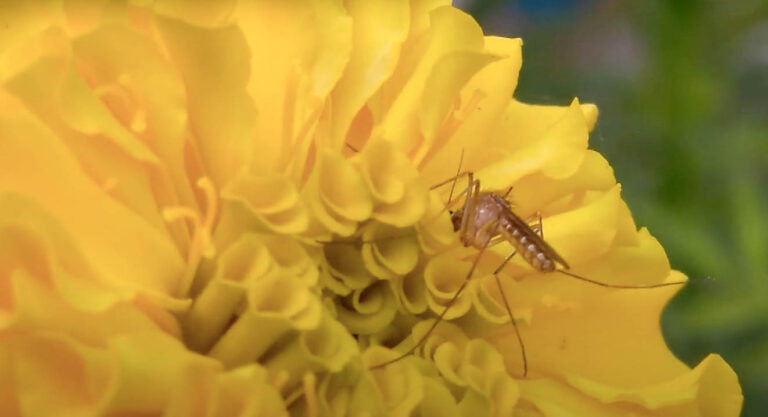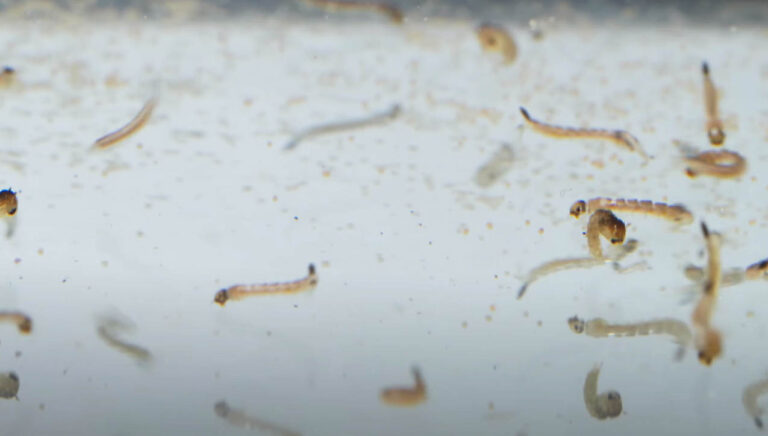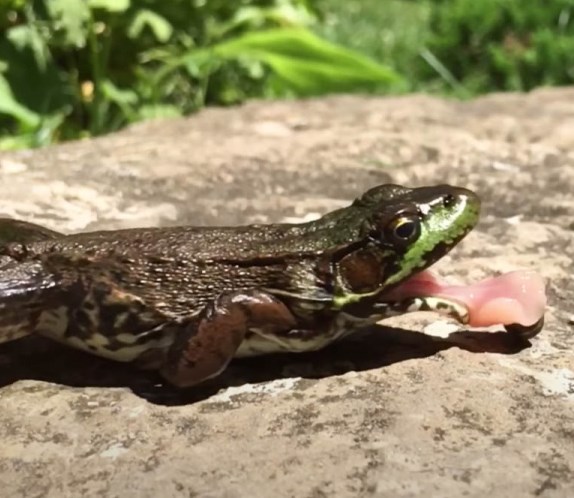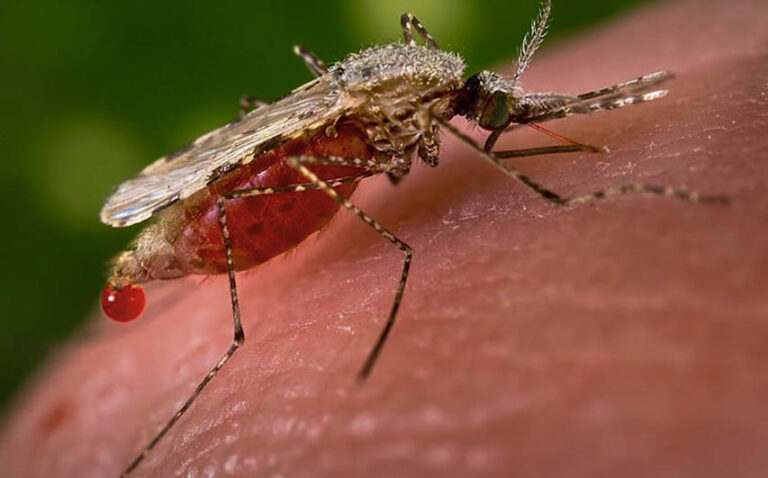The life cycle of a mosquito
The life cycle of a mosquito
As particularly harmful pests capable of spreading many diseases, the control and prevention of a mosquito infestation by applying different methods is important. To achieve the effective control and prevention of a mosquito infestation, an understanding of their life cycle is important.
Mosquitoes have a short lifespan and develop through four stages. The average lifespan of mosquitoes is a few weeks to a month. The four developmental stages of mosquitoes are egg, larva, pupa, and adult. All kinds of mosquitoes go through the four stages of development but the details in these different stages may differ.
Mosquito egg
The female produces eggs after it takes a blood meal. Without the blood meal, the female can’t produce viable eggs. This is why the female mosquitoes require blood as part of their diet. They lay eggs on bodies of water. Mosquito eggs could be laid singly or in groups. The groups of eggs are called rafts. Female mosquitoes lay eggs in numbers from 20 to 300. They also lay eggs quite frequently in intervals of two to three days.
Standing water that is prone to flooding is the ideal breeding site for mosquitoes. The female produces the eggs on the surface of the water.
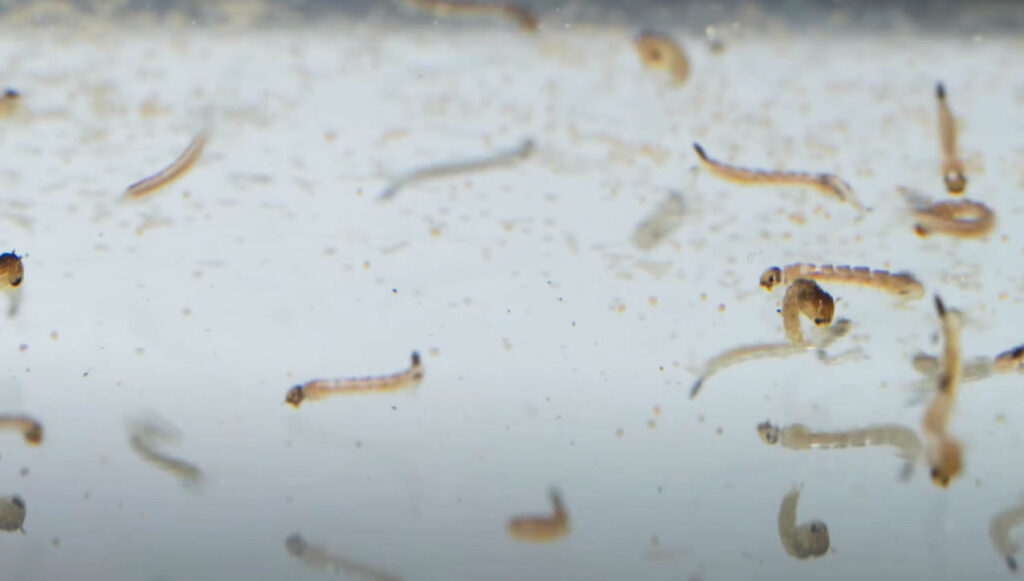
When the eggs get flooded, they develop into larvae. Mosquito eggs could remain dormant for six months waiting to be flooded. They could also remain as eggs for years if laid in areas subject to intermittent flooding. The development of eggs into larvae is dependent on different factors, including the weather conditions. Warmer temperatures favor the development of the eggs into larvae.
Larvae
The egg hatches into the larva, which is an aquatic stage of the development of mosquitoes. The larvae remain attached to the water surface and use siphons, snorkel-like structures for respiration. The larva are a feeding stage. The food of larval mosquitoes includes microorganisms and debris located near the water surface.
As they feed, larval mosquitoes increase in size and change their exoskeletons, a process called molting. Each molting stage is called an instar, and they have four stages. From the fourth larval instar, the pupa hatches. The larva stage takes between 4 and 14 days. The actual length of this period is dependent on factors such as water temperature, food availability, and the species of mosquito.
Mosquito larvae are nicknamed wrigglers. This is because of the way they move in an “S” pattern when they are disturbed or feel threatened.
Pupa
The pupa stage of the development of mosquitoes is the non-feeding stage. Mosquito pupae stay near the surface of the water so that they can breathe effectively. They stay close to the water surface for proper respiration. The pupae are sensitive to different forms of disturbances including light and shadows.
Mosquito pupae are nicknamed tumblers. This is because they are physically active and roll into deeper waters to avoid danger. It takes two to four days for the adult mosquito to develop out of the pupa.
Adult mosquito
The adult mosquito emerges out of the pupa and is ready to feed and mate almost immediately. Typically, the male stays close to the breeding site to find the mating partners. They seek out females in this pattern because of their short lifespan.
The different stages of development of mosquitoes and their lifespan play important roles in their control. The different stages could be specifically targeted with pesticides. The breeding patterns could also guide exclusion measures. Discarding standing water, for example, discourages their breeding.
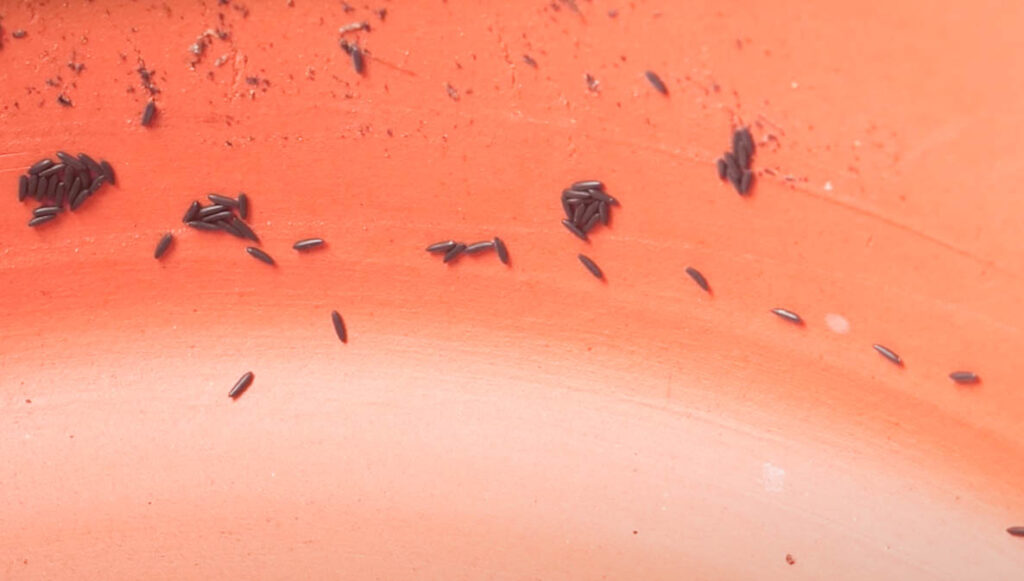
It is also noteworthy that the lifespan of mosquitoes plays important roles in their prevention and control. The longer the lifespan of a mosquito, the better it becomes at spreading diseases. This is because the disease-causing organism develops fully in the mosquito.

